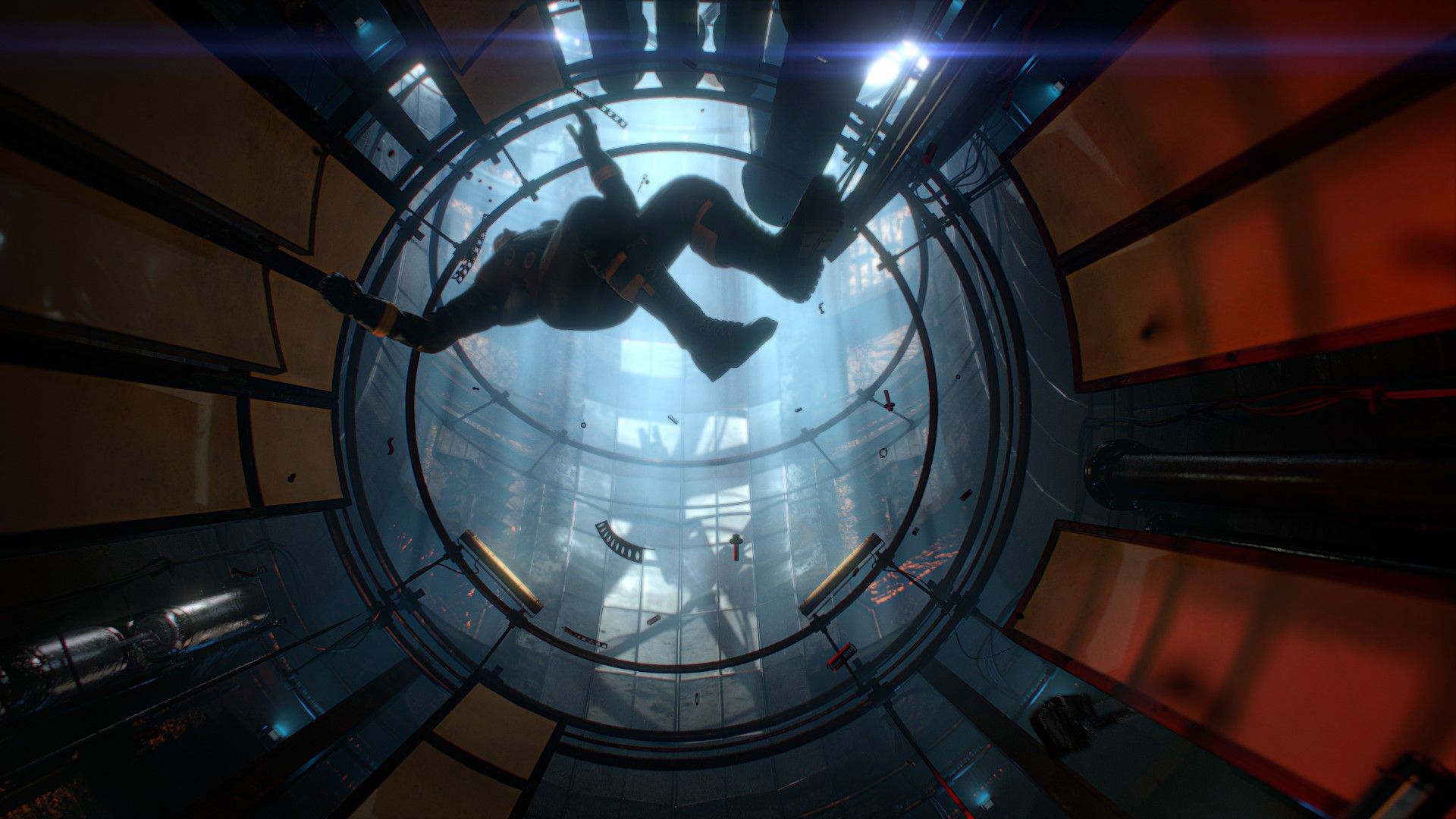Since Prey's inception, Arkane Studios knew it didn't want the game to be set in your typical video game space station.
According to Raphael Colantonio, Prey’s creative director and president at Arkane Studios, the team "didn’t want to do sci-fi" like everyone who was doing it, so it "came up with a narrative that drives the art and when you look at it you say, ‘Wow. I’ve never seen this before,’”
The Talos I, the setting of the game, was mostly built in the late 1950's, smackdown during the height of the space race between the United States and Russia. Upon the encounter of a dangerous alien, the Typhon, the two former enemies allied with each other, and built the Kletka, a reinforced capsule designed to keep the alien threat locked away. From this point, the two built a space station, which was later decommissioned. A few decades later, a corporation called TranStar moved in and took over, and expanded the orbiting structure into the Talos I.
And this history isn't just meant to be filler for the game's audio logs and emails. As you explore the Talos I, and its various sections, you will get a strong sense of passing through different eras -- according to Game Informer this includes ranges from aluminum and boxy lines of the ‘60s to a Neo Deco style that represents TranStar’s presence.
Art producer on the game, Jessie Boyer, added:
“There’s Deco, but we wanted to do something a bit different. For this, we started off with inspiration from a hotel in New York City called the Viceroy. They do this really great interpretation of Deco that’s really modern.”
As you may know, the Art Deco style was most recently made popular by BioShock, and it's iconic, 1920's era-styled setting: Rapture. However, according to Arkane they didn't want to strictly adhere to Irrational Game's interpretation of the style, and differentiates its setting by incorporating more advance technology (though it still retains the overall elegance of the original inspirations).
Boyer goes on to talk about how the team had to use some creative license when designing the ‘60s-era sections of the ship
“We wanted to make sure that we referenced really interesting technology from that era as well, and not look too out of place. So we looked at early IBM designs as well as designers such as Jacob Jensen for high-end consumer electronics, because they had a really striking aesthetic for the era.” That area of the station is filled with wood, along with elements such as brushed aluminum. Here, you see sharp edges, along with cooler color tones. “Whenever you layer this all together, it really starts to paint a picture of a world in contrast, which is what makes it really interesting and compelling.”
TranStar has since spruced up the station, but not all of it, as some renovations were supposedly not feasible, especially the parts of the station where the deadly aliens are being contained and experimented upon. However, there will be parts of the ship that will show off the company's lavish spending.
Lead designer Ricardo Bare adds:
“TranStar is a private company with a lot of money, so they very deliberately said, ‘Yeah, we can make the space station out of plastic and metal, but we’re TranStar. There’s real wood on this space station. Actual leather seats."
Boyer further adds:
“You can kind of see the visual history, and it’s more apparent in some levels than in others. It also really depends on the function of the level as well. Maybe some of the areas where there’s more restrictive security access, they don’t let renovators in there and spruce it up, so you can definitely see that it’s a bit older and more true to its roots than maybe some of the more public-facing areas.”
And that's it for the design details: you can check out all of our previous coverage on the game here.
Prey is slated to release sometime in spring 2017 for PS4, Xbox One, and PC. Below, you can check out a few screenshots showcasing the game's design:

